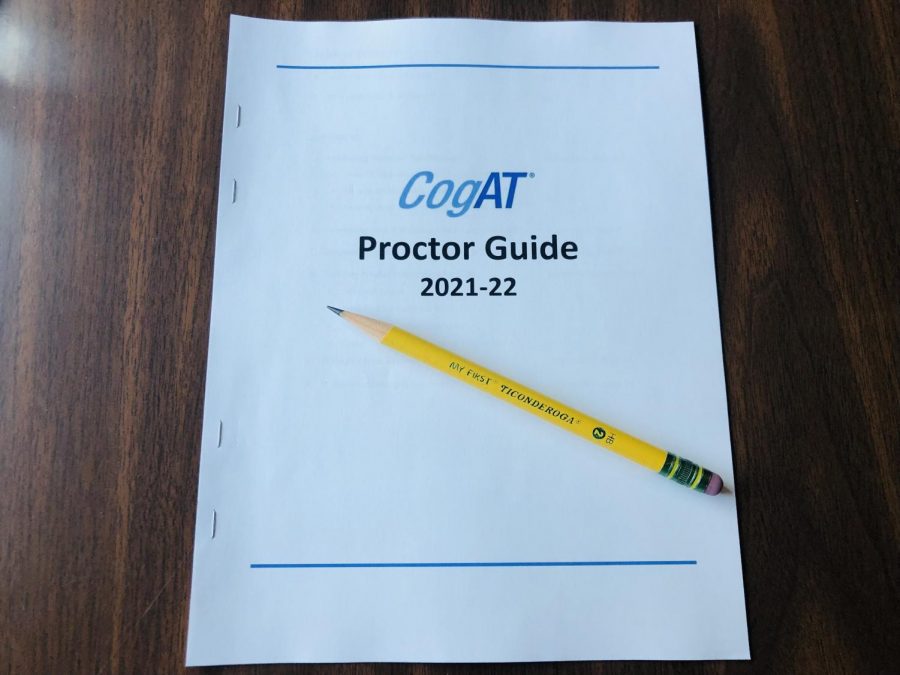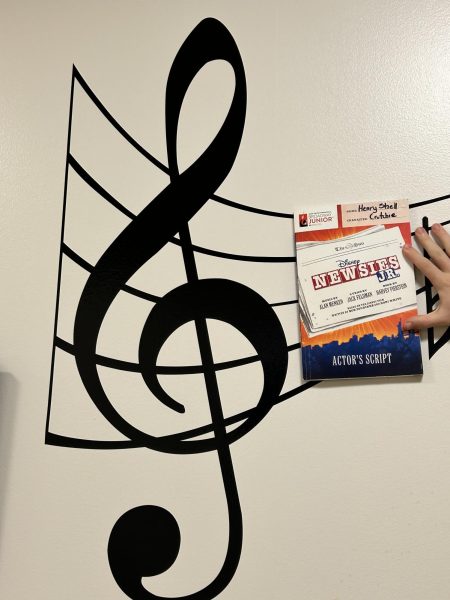CogATs Approach: What You Need to Know
The thought of the CogATs steadily approaching sets you on edge. You can’t help but acknowledge you actually know very little about the test––it’s still something shrouded in mystery. You’ve heard the word “CogAT” millions of times, but what actually are the CogATs? Why should they matter?
It turns out, you’re not alone.
Many other students don’t quite have an understanding of the test. Due to the little information they know, they feel as if they’ve suddenly stumbled into a gray area. “I don’t really know much about them,” says 8th grader Lily Dennard. “I’ve heard of them before, and I know of them, but I don’t know what they’re going to be like.”
The CogATs differ greatly from the ERBs. CogATs aren’t given to assess your academic repertoire. “It’s not measuring achievement––that’s mostly what you do in the ERBs,” says Mrs. Little, the assistant Middle School Head for Academic Programs. “That’s hard content. You either know it, or you don’t. Or you might be a pretty good figurer-outer. Sometimes, you eliminate a couple of answers, but that’s content knowledge. Can you solve this math problem, do you know this vocabulary, can you punctuate this sentence?”
CogATs, on the other hand, are an assessment of how students solve problems. “It has to do with your ability to reason through and use your innate intelligence to figure something out,” explains Little. “For example, for the verbal section, they’re asking you to figure out the relationship between the words.” The verbal section won’t consist of words students aren’t already familiar with. The key is each student’s deciphering process to figure out an answer. “As a reasoning test, it gives us a different type of information of how you learn, and where your strengths are, and where your stretches are,” Little says. Essentially, teachers want to figure out how students’ minds work.
Westminster switches from ERBs to CogATs in grade eight, as it creates a trend of where students’ strengths lie. “The reason we keep the ERBs in the sixth and seventh grades is because they also give them in the fourth and fifth,” says Little. “That gives us a longitudinal look over anywhere from three to five years of where your strengths are.” Any errors or mishaps in prior years can be ruled out.
Some eighth-graders have small plans to prepare for the test in order to do well. “I will probably go over the basics of the subjects I know are going to be on the test,” says Dennard. “I’ll also do little things like get more sleep––basically get myself in the right headspace for it.”
However, learning strategists and counselors advise against academically preparing for the CogATs. “There’s . . . nothing really to study for,” says Middle School Learning Strategist Toi Curry. The best way to prepare for the test is to get a good night’s sleep beforehand, have a good breakfast, and stay hydrated . . . almost like you’re preparing for an athletic event.” Middle School Counselor Saundria Zomalt adds “If you come in prepared for it, you’re not necessarily gonna get a good read.”
Overall, putting as little stress on the CogATs as possible is the best way to prepare. “It’s not gonna affect the rest of your year at Westminster,” says Curry. “Just take a deep breath and do your best.”











